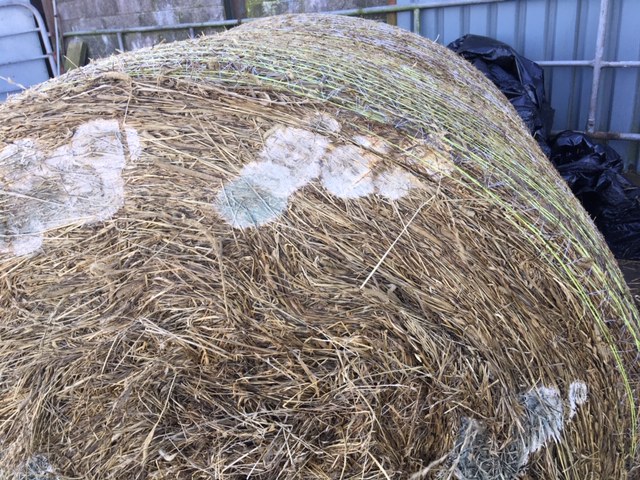Feed Borne Abortions In Spring Calving Beef Herds
6 March 2020A recent two-year study by Tim Geraghty of SRUC Veterinary Services showed that abortions were responsible for 3% of calf losses from PD to weaning in suckler herds in the North East of Scotland. This is a significant loss of potential income to the producer alongside the cost of running a cow empty for the year. Of this 3%, post mortem examinations identified feed borne or environmental agents to be the cause of abortion in the majority of cases.
These feed- borne abortion risks can be reduced by:
- Avoid feeding mouldy silage to pregnant cows, it’s not enough to just remove the visibly mouldy section of the silage as the pathogens will still be present in the normal portion of the silage as well.
- Ensure water troughs are clean and supplying fresh water.
- Ensure silage is not contaminated with soil when being made.
- Store feed properly and keep vermin out of feed stores
- Avoid feeding mouldy straw.
- Ensure that bedding is clean and dry.
Dealing with abortions:
- Isolate the cow that has aborted and remove the abortion material and any contaminated straw from the calving area.
- Clean and disinfect any surfaces or equipment that may have come into contact with it.
- Ensure that the cow has cleansed her placenta as she may be more likely to retain her placenta.
- It may not be practical or economical to test every abortion, however, once the abortions are above 2-3% or if occurring in a cluster it would be advisable to get them tested. Contact your vet.
- Ideally provide the foetus and placenta to the lab for testing as both are crucial to allow a full investigation.
Lesley Wylie, lesley.wylie@sac.co.uk
Sign up to the FAS newsletter
Receive updates on news, events and publications from Scotland’s Farm Advisory Service

